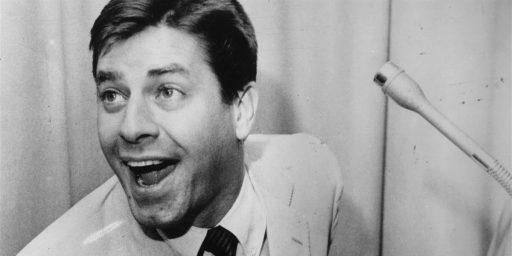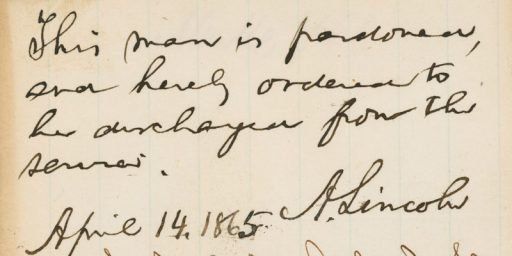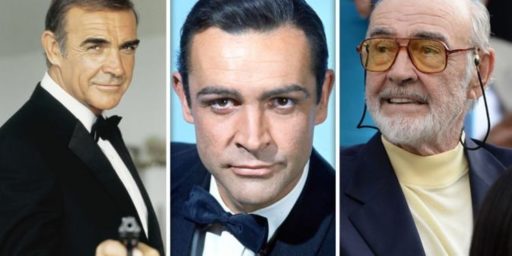Next Generation DVDs
NYT: 600 Macs, 4,000 Lines, One Giant Leap for DVD’s [RSS] An interesting piece on new technology that will vastly improve both the visual quality of DVD movies and the ability to reproduce old movies on DVD.
ON the second floor of an unassuming office building on the edge of Burbank, John Lowry is forging what might be the future of the DVD — and, with it, the way that classic films will be stored, preserved, telecast and watched.
Mr. Lowry, who has worked for decades at enhancing video imagery, is responsible for some of the best-looking DVD restorations in recent years, including transfers of “Casablanca,” “Singin’ in the Rain” and “Once Upon a Time in the West.”
Since last November, he has been immersed in a project that promises to advance the state of the art — and that has been kept secret, even among most industry insiders, until now.
What he is doing will make a DVD look nearly as sharp and detailed as a 35-millimeter film print. It will produce images with six times the resolution of today’s high-definition television sets. In video quality, it could turn home theater into a true rival of the neighborhood cineplex.
***
MGM has hired Lowry Digital to make 4K digital masters of nine James Bond films, including all of those starring Sean Connery. I have watched scenes from a high-definition transfer of these masters on monitors at Lowry Digital. I’ve also seen a DVD, which Mr. Lowry gave me, on my TV set at home.
The scenes look as brilliant as anything I’ve seen on a video disc — and better than any video of a color movie that was shot 35 to 40 years ago. Colors are saturated and natural. Gardens have dozens of shades of green. Flesh tones are uncannily lifelike. Shadows look like shadows, not gray blots. Motions are smooth, not jumpy.
MGM executives decline to say when they’ll be releasing these Bond DVD’s — or anything else about the project, except to confirm that it exists. The new discs won’t be out until next year at least — perhaps in part to avoid angering consumers who bought the 20 Bond films in three boxed sets that MGM put out just last year. Those discs (which Mr. Lowry had nothing to do with) tend to look grainy, blotched and flat.
Heh. But so it goes–the same thing happened when DVDs displaced VHS tapes and when CDs displaced cassette tapes which displaced 8-tracks.






Finally! A 4K scan is roughly 1/4 of IMAX resolution. Stunning for home use.
There has been talk in the movie industry for years about digitizing all the old classics soon before they die. I’m glad to see they have started and more importantly that they picked a good standard.
There has also been talk in the industry of converting from film to pure digitial for the theatre presentation.
4K sounds like a digital form of 70mm which would allow the cost of distribution to be cut immeasurably. Remember that the cost of each of those 3-8 thousand film prints isn’t cheap and distributing them on digital would reduce the distribution cost from the millions to the thousands.
At one time there was talk about serving the distribution off of a set of servers in the same fashion that radio now plays music by serving mp3s off of servers. We shall have to wait and see how this plays out.
Thomas 4K is roughly 35mm.
This is still at least 3 decades ahead of T.V. and arguably there is not much more data on the film to be retrieved. Especially older film stocks.
The difference between a 4k scan and an 8k scan is so small, probably 95% of the people in the word could not tell the difference.
—